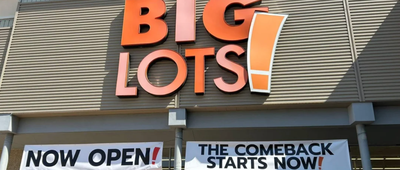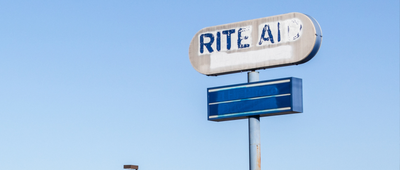Crash Course
The stock market wobbles up and down on a near-daily basis, seemingly for no obvious reason to the average observer. But traders are often reacting to very real events, whether that's something like the housing market tanking or a vicious virus spreading. Fresh on the heels of the Dow Jones' biggest drop since 2020, here's a look at some of the most notable times stocks not only dipped, but seemingly dived off a cliff.
Related: What If You Bought 100 Shares of These Companies at the Start?















